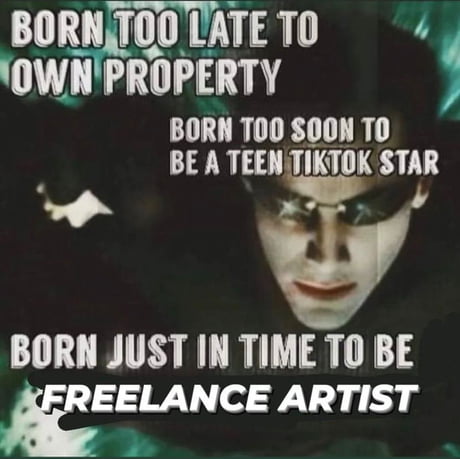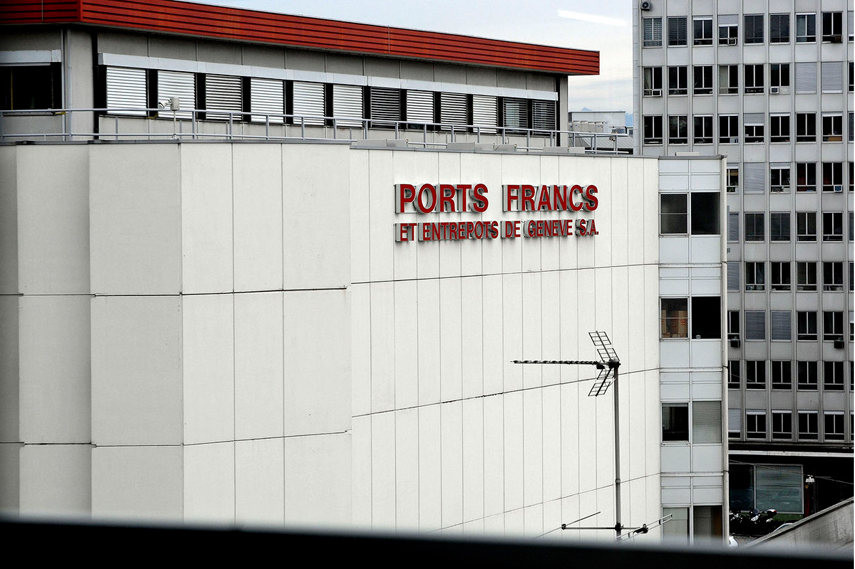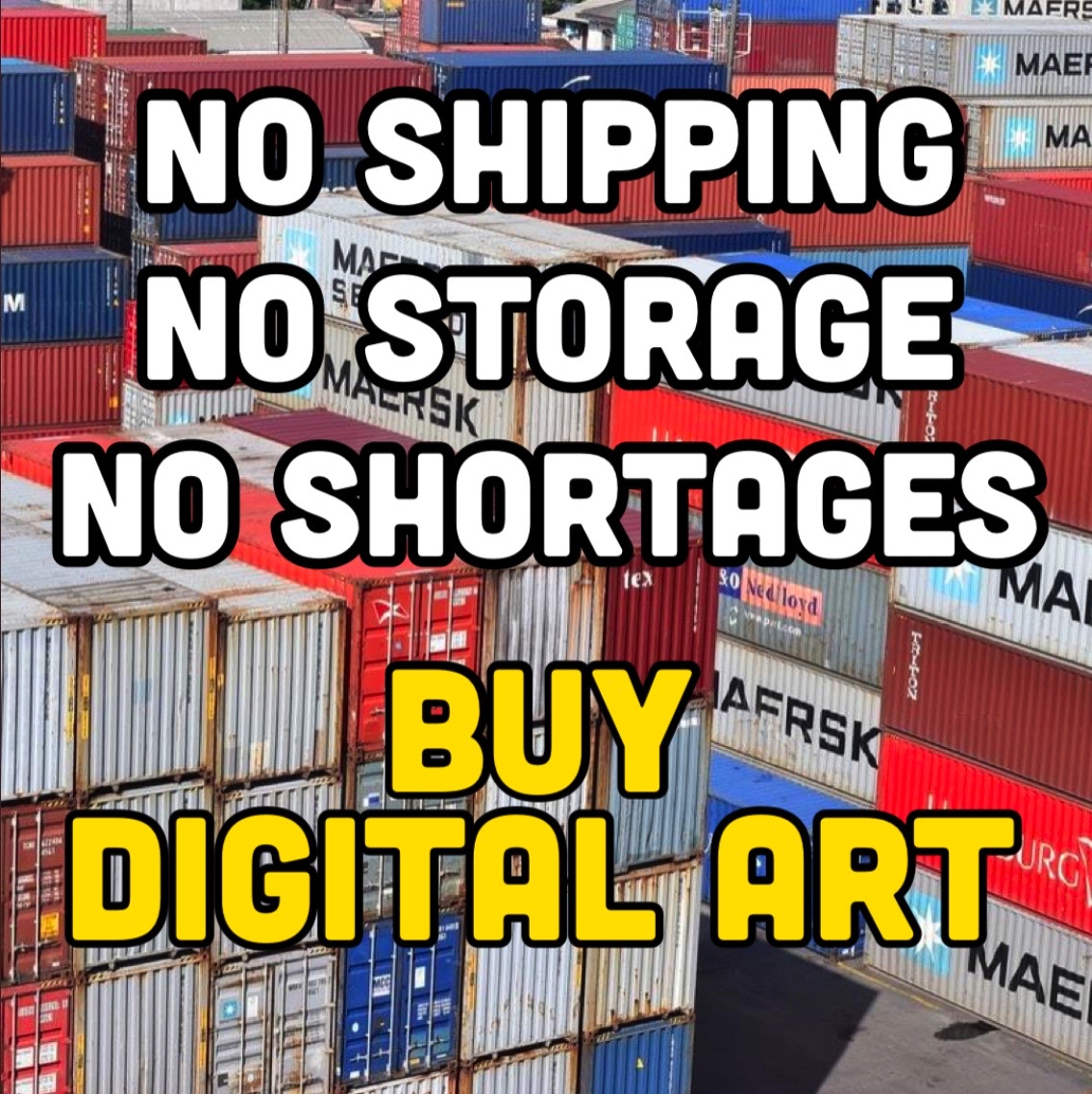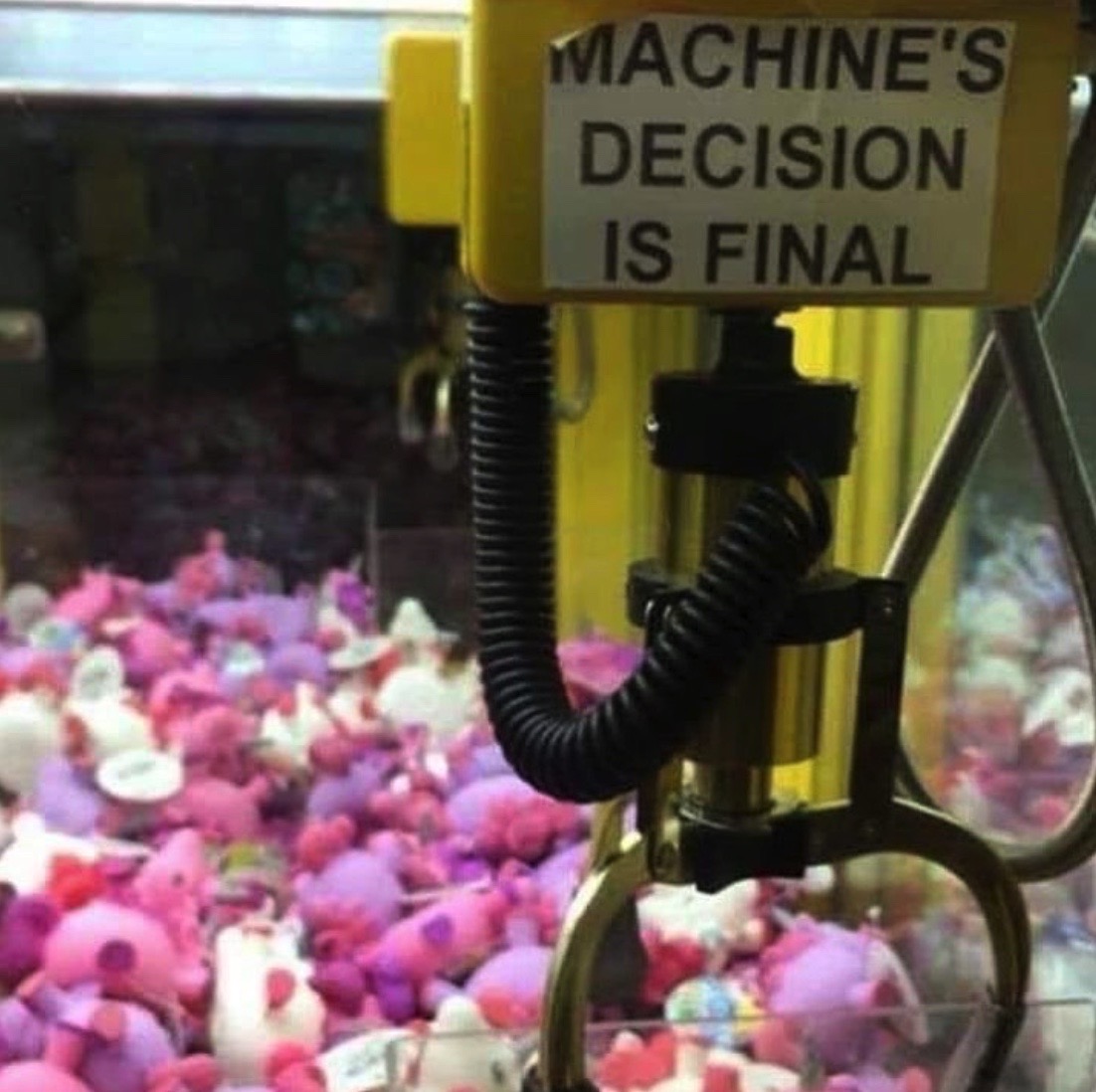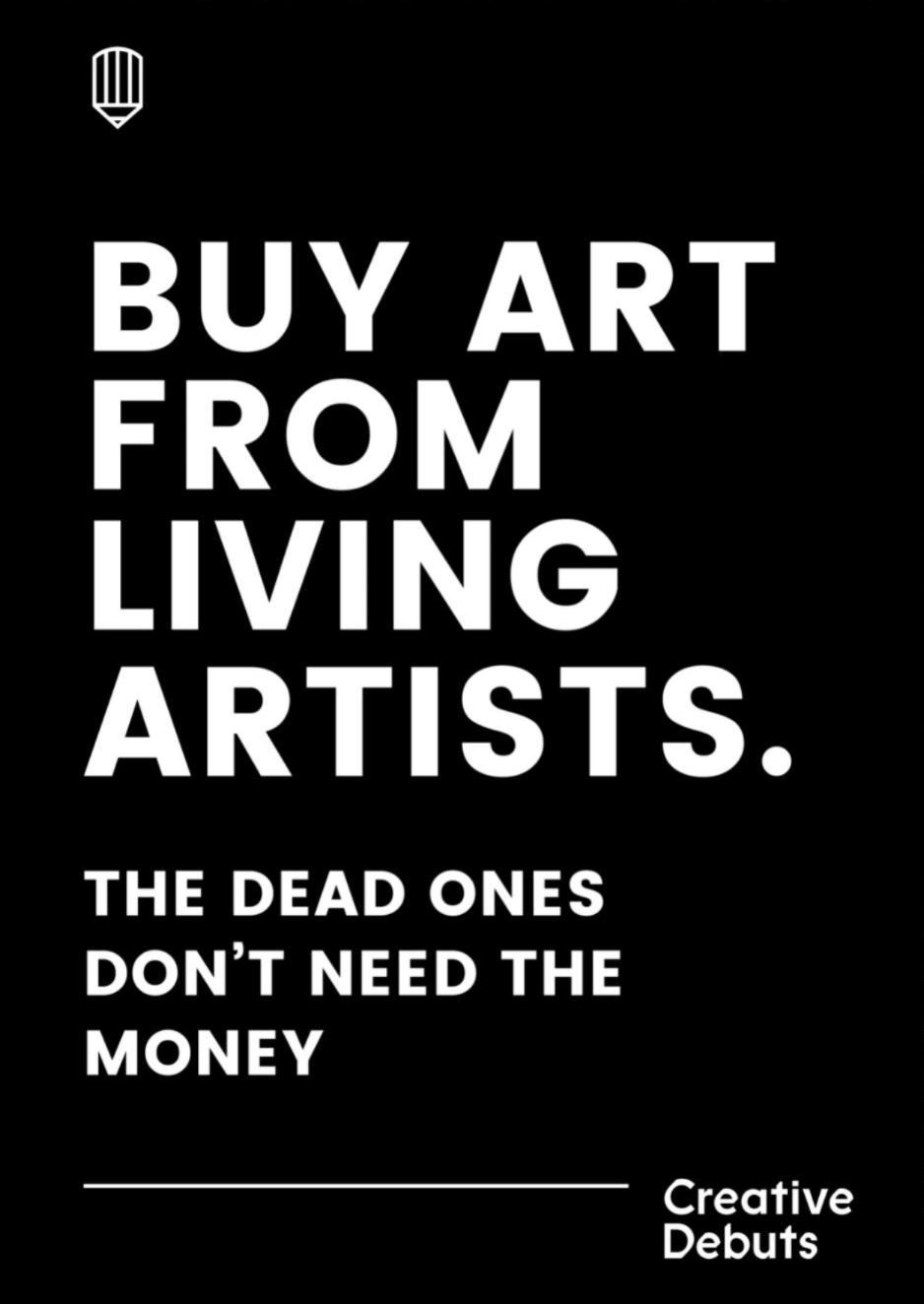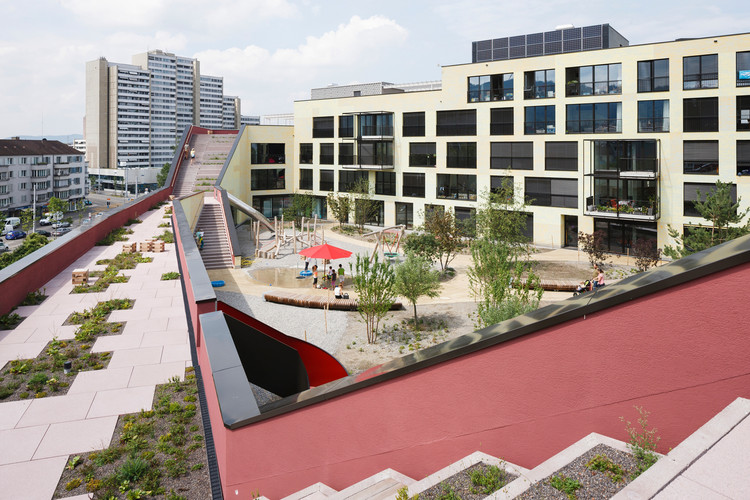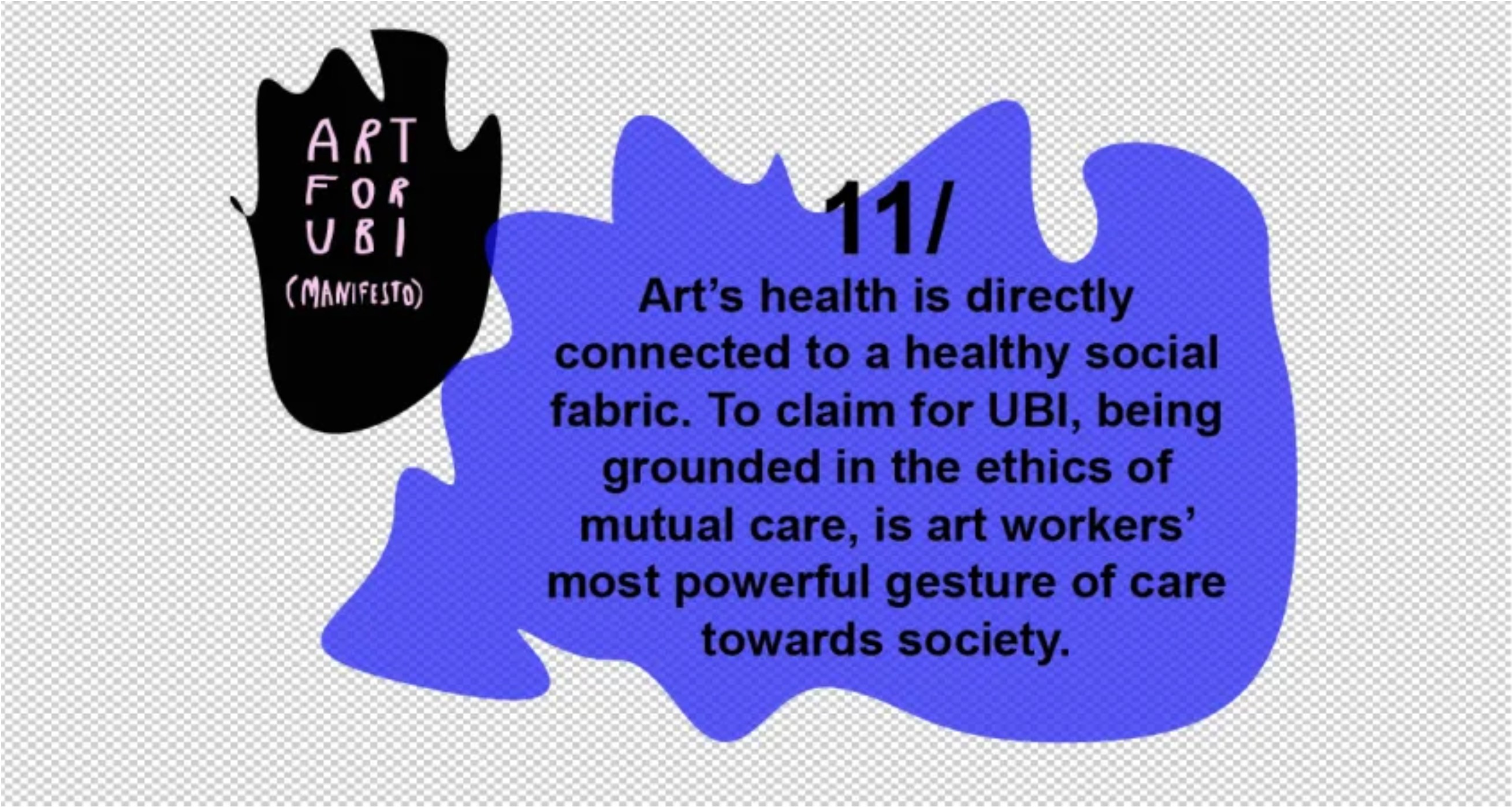Artists and other cultural workers have always tried to create stable, long-term collective income systems. In 2004, an American tech entrepreneur launched one of the most ambitious redistribution schemes to date, the Artist Pension Trust (APT). The idea was to give artists a nearly guaranteed, stable pension—a luxury highly uncommon among the professional group. Practically, the trust pools the artworks of participating artists and sells them over time to provide the artists with a stable, long-term source of income. But in recent years, the APT has come to be known especially for a seemingly never-ending series of scandals.
It became apparent that the APT was going south in 2018 when ArtForum reported that over 20 British participating artists were suing the organization for being utterly dysfunctional. In July 2021, a very similar story by the New York Times broke the news, showing that the APT did not learn from its mistakes. The fund's public image of a promising artists’ solidarity model disintegrated, laying bare the APT's tech and finance-driven, extractive business model.
The APT model requires our critical attention because it can easily be misconceived as yet another failure of artist solidarity and proof that self-organization cannot resist platform extractivism. Forget about the redistribution of wealth. However, the opposite is true. We’re not dealing with the bankruptcy of artist self-organization and decentral redistribution here. We’re witnessing the urgency to create the real deal. We can’t wait for platform corporations to create the infrastructures and business models we need to fight precarity. Seeing the APT going down, we ask: What are the alternatives? How can art workers reclaim agency in the struggle for solidarity, against precarity?
The Collective Pension Blueprint...
Artists collectively using the rising value of their work as a pension provision sounds reasonable, but a closer look into the model of the Artist Pension Trust shows why it was doomed to fail. The trust’s promise was as simple as it was appealing. Artworks often increase in value. But while gallerists, dealers, flippers, auctioneers, and platforms benefit, artists often remain precarious and in most cases have to wait until after their death to reap the benefits of their creations. No savings, no real estate, no insurance, no pension. This explains why artists want to monetize the increase of the market value of their works, here, right now, and use the appreciation to create long-term income safety. Who knows, is there even hope for a pension?
APT created an ingeniously simple, speculative model in which participating artists would donate one work of art every year. These were to be held in storage for several years, anticipating their value to rise in the meantime. Then, ‘the artworks in the trust are gradually sold over the course of 20 years for the benefit of the APT artists, providing them with future financial security. The funds from the net proceeds of each artwork sold are distributed to the artists in the following manner: 72% are distributed to the artists in the trust, with 40% to the individual artist and 32% among the artists in that trust based on the number of artworks they have deposited. The remaining 28% are used to cover the operational costs of the trusts.’
There are several obvious benefits to this model. Participation creates income security, even when sales are low. And when sales are high, sales through the APT benefit colleagues as well, creating a chain of solidarity. Unlike most redistribution schemes, this one promised to work across the borders of nation-states and tax systems. Of course, there is the 28% cut taken by the trust, but this is way lower than the 50% usually taken by galleries.

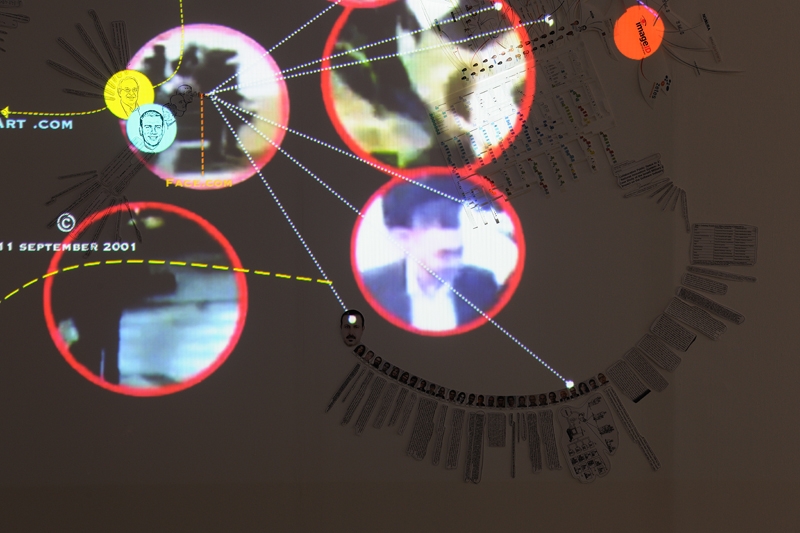

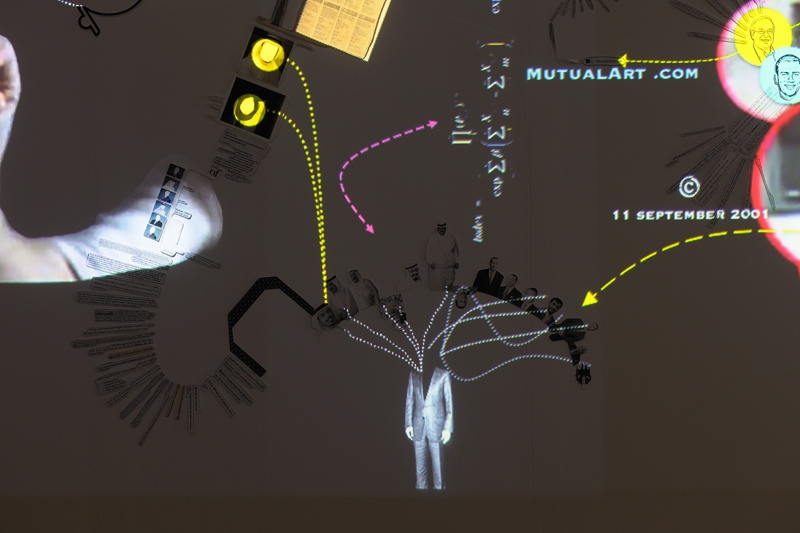
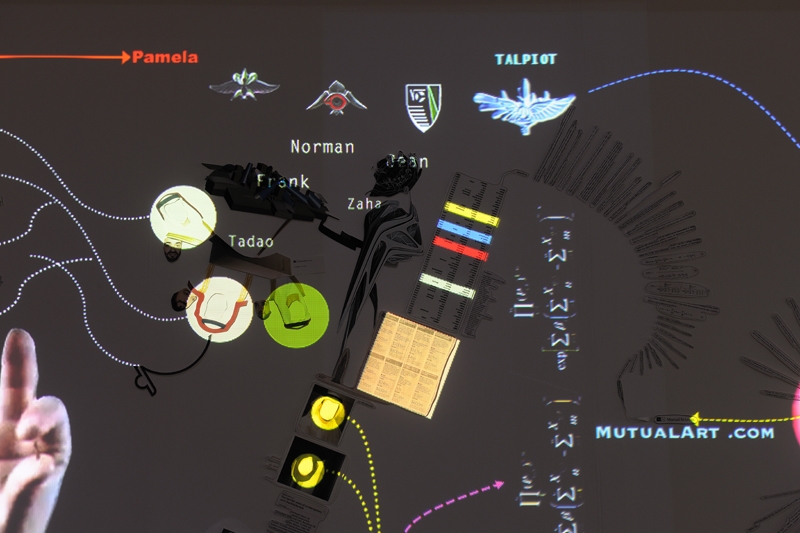
Walid Raad, ‘Translators Introduction: Pension Arts in Dubai’, 2011. Walid Raad created this video tableau after being invited to join the Dubai node of the APT. In the accompanying text, he wrote: ‘APT, which has thus far established eight regional funds, is owned by MutualArt, a British Virgin Islands-registered company whose assets include the website by the same name. To determine whether to join APT Dubai, I found myself asking who was funding APT and MutualArt, and why was APT launching a trust in the Middle East? This led me to look into technological innovations in the areas of statistics; risk management concepts in finance; art as an alternative asset class; culture as an engine of economic growth in the Arab world and elsewhere; text, data mining and face recognition algorithms; and the Israeli military and its links to the Israeli hi-tech sector.’
... and Its Discomforts
Unfortunately, things didn't quite work out. Catherine Wagley, a reporter for the art auction and news platform Artnet, recently explored the 'muddied waters' of the Artist Pension Trust and noticed several alarming signs. For instance, APT claims to have ‘representative offices’ in New York, Los Angeles, London, Leipzig, Mumbai, Hong Kong, Shanghai, Mexico City, and Amman, but currently doesn’t have a single employee to staff these offices. Equally disturbing: participating artists have no idea where their works are being stored. Of course, storing large amounts of art for a long time requires a lot of work, space, and resources. But art held by the APT was not meant to be experienced, let alone to have a physical presence that needs care. Like the many art pieces in freeports around the globe, they were meant to have a purely speculative existence outside of the realm of the senses. They were shipped off to unknown locations and held under unknown circumstances.
It appears that the entrepreneurs behind the APT, focused solely on the immaterial and speculative properties of the art at hand, did not anticipate the high costs of art handling and storage facilities. Allegedly, these costs made the venture financially unfeasible and caused the owners to pull their investments and personnel. The New York artist and critical theorist Gregory Sholette summarized APT's attitude: 'They are now treating artists like, well, like artists, as expendable.' The artists eventually got fed up with the APT’s bad performance and decided to collectively sue the trust. The resulting court case, currently taking place in New York, was the reason behind the most recent wave of media attention for the APT.
Though undeniably a horrible situation for the participating artists, gossip or personal grievances are not the main reason why the story of APT deserves attention. Nor are the unforeseen flaws in the business model. Blaming the failure of APT on running costs would lead to the suggestion, explicated in Artnet's podcast The Art Angle, that the APT's model would've been fine if only they skipped the materiality of art and worked with NFTs instead. This would be another great example of the use of NFTs as the right solution for the wrong problem.
A different comparison of the APT to the cryptomarket comes closer to the core problem of the APT. The story of the disappearing investment must ring familiar to anyone following the developments in the world of cryptocurrencies and NFTs. Multiple times a week, platforms and wallets disappear, stealing thousands of Bitcoins worth of digital assets and leaving small investors bereaved. The fact that the stories of the APT and these frequent crypto schemes are so similar, hints at the flaw at the very heart of the APT’s business model: the Artist Pension Trust is an unlikely marriage of the traditional art auction model with the data-driven platform economy—disguised as a socialist experiment.
Data over Artists
A first red flag was planted when serial tech entrepreneur and founder Moti Shniberg patented the APT's risk management model during the first two years of the trust's existence. During background interviews for this article, multiple experts commented on this remarkable aspect of the venture. Curator, teacher, and arts organizer Joram Kraaijeveld noted that, 'if APT was based on solidarity, it would be patented under a creative commons license, allowing the model to grow.' Gift circle entrepreneur Jip de Ridder added that 'it's not necessarily wrong to use a patent, but it raises questions, because it isn't necessary to have one in order to make the concept work for participants.' The fact that Shniberg did patent the APT shows that, from the start, he was planning to make the model profitable by selling off the start-up.
Now enters the most baffling part of the scheme. The asset central to Shniberg's envisioned profitable start-up did not consist of the artworks in storage, but of a business model focused on creating valuable data. Citing Shniberg's patent, the key paragraph in Artnet's article explains the model like this: 'The “summary” section of this patent application describes how databases will be used to “store information about the artists, the works of art that are pooled in the collective investment fund, financial instruments issued to each of the artists in consideration for the works of art contributed by the artists to the fund, and revenues obtained on behalf of the fund through commercialization of the works of art in the fund.” In other words, a key component of the plan for APT had been to record data about the artists and their work trajectories and markets. The patent application also adds that such an effective database should cut down on the need for personnel, suggesting an efficient automated system fueled by information.'
This is something not seen before. While the increased value of artworks is supposedly the business model, it turns out that data gathering is the underlying goal. Not the artists but venture capitalists, programmers, and analysts stand to benefit. The Artist Pension Trust proves that the traditional art market, with its auctions, fairs, and galleries, and the platform economy, with its blockchain, algorithms, data scraping, and NFTs are no longer separate worlds. Selling art and selling art sales data are one and the same business. The question of the future of the art market is then not so much whether we will see more Beeple sales at Christie's, but how long it will take before data analysts will become auction masters. The same has already happened to fashion designers and football analysts. This, in turn, is part of a larger shift towards neoliberal financialization of all social relationships in which the 'auction' becomes a hegemonic mode of social interaction. After monetization one not merely buys and sells but bids and sells to the highest bidder in an automated 'trustless' process.
Shared Opportunism ≠ Radical Imagination
One of the things that make the Artist Pension Trust so appealing at first sight, is the poetic justice of artists reclaiming the profit of speculation with their own artworks. But in this type of bold re-appropriation, opportunism is easily confused for radical imagination. This is something Gregory Sholette already pointed out in his 2011 book Dark Matter. He drew attention to the contrast between the APT's ambition to create income stability within a curated, relatively privileged 'community', and radical artist initiatives in the past. In the 1960s and 1970s, artist initiatives like the Canadian Artists’ Representation/Le Front des CARFAC (later CAR), the Syndicate of Unified Plastic Artists (Argentina), the Artists Union (UK), the International Coalition for the Liquidation of Art (UK), and the Art Workers’ Coalition (US) were established to protect artists from precarization and marketization by means of collective organizing.
Especially the proposals of the Art Workers' Coalition speak to the imagination. In 1970, they proposed to sell off 'matured' works of dead artists from the collections of museums, as part of a broad social security system for living artists, that was also to include exhibition fees for artists, support of under-represented groups of artists, among other arrangements. They envisioned public infrastructure to take care of improving the economic position of artists 'until such time as a minimum income is guaranteed for all people.' In other words, supporting artists was considered a social endeavor and an integral part of a broad social program to fight precarity.
While the Art Workers Coalition's were making their demands, artists on the other side of the Atlantic Ocean, in The Netherlands, were in fact supported in exactly this way, based on the same reasoning. In the famous BKR (Visual Artists Scheme), which lasted from 1949 until 1987, the state structurally bought works of professional artists to provide them with a basic income. The reasons for the Dutch state to provide this support were a combination of social income policy of the post-WWII renovation era and the Enlightenment idea that art elevates the people— that civilization exists by the grace of art and that art must be given the freedom of autonomy to be able to fulfill the social objective of elevation. With the rise of neoliberalism among Western nation-states, social art policies such as this one from The Netherlands became a thing of the past.
The establishment of the APT is not surprising, to the extent that it counters the lack of any social government support for living cultural workers, especially in the US. But while the APT draws on the rhetoric of self-organization previously used by the Art Workers Coalition, it is something fundamentally different, 'a private, global investment fund, at the apex of the art market’s inflationary bubble', to use Sholette's words. To make the APT's model of collateralised risk and income diversification work, it must attract and curate artists with some degree of market success, and bank on the high probability of a few of them becoming art world superstars. While risk, as well as profit, are being spread over the 'community', market logic remains unquestioned. Most artists participating probably thought of the APT as a solidarity model akin to the 1960s and '70s tradition, but in reality, it comes down to calculated long-term self-interest. The APT therefore never held the potential of durable self-organization, let alone democratization of artists' income. Confusing (shared) opportunism for radical imagination is symptomatic of precarization, according to Sholette, for 'like workers in other fields made precarious by deregulation, most artists in search of greater financial security are now bypassing collective organizing for private market mechanisms such as Artist Pension Trust'.
Who Cares About Opportunism?
Radical imagination or opportunism, who cares? Does it really matter, as long as the APT fulfills a job left undone by the government? Shouldn't we be happy about artists getting a little money? Radical imagination was a rage in the '70s, but all is fair in the age of individual success created by neoliberal surveillance capitalism nowadays. Or is it? Besides the fact that the Artist Pension Trust obviously didn't work for the artists—because they were not in control—there are problems with such an overly pragmatic approach, the first being that it is not always harmless to join the system.
Take the example of gentrification. It's well-known that artists are tools of gentrification, but are also part of the group that has to move out once property prices start to climb. One way to counter this tendency would be to become pragmatic and join the beneficiaries of gentrification. For instance, Dutch artist Joep van Lieshout, well-known for his large art installations in public space, decided to become a project developer and claim the financial benefits of the gentrification effect of his own art for himself:
'Instead of being pushed out by developers, I’ll be the developer myself. I bought some old buildings on 11,000 square metres of land in Rotterdam Harbour and I will build a cultural cluster with debates, exhibitions, films, music, performances, the kind of communal space you used to have in a village, as well as artists’ studios and science labs. The commercial proceeds of the property will go into supporting the not-for-profit cultural centre. I still have my old squat, by the way, although it’s now been legalised and I pay rent. I might move into one of my new properties, I don’t know; that certainly wasn’t the point of doing it all [laughter].'
Conveniently, Van Lieshout forgets to mention that said not-for-profit cultural centre will be a museum for his own art. As a result of his entrepreneurial approach, gentrification continues as before, but a few artists get cheap housing and an already-rich artist gets a little richer, shedding all artistic pretense in the process.
The argument that whatever works is fine, is often informed by the assumption that there are no alternatives, no point in critical reflection, and no space for actions outside of the system. This feeling is reinforced by examples like the APT, which present as alternatives but turn out to be just another scam.
These joiners show the ubiquity of neoliberal logic driven by speculators and tech bros. They fail to see that loss is the only possible outcome of playing the game. In the end, algorithm programmers, data scrapers, rainmakers, and investor-whales will share the gains, leaving a few crumbs for their enablers. This is the moral of the Artist Pension Trust saga.
We must turn to the alternatives, to the spaces where radical imagination is possible today. In the cracks of neoliberal hegemony—if not outside of its reign—there are many alternatives, and real ones, too.
The Artist Union and the Artist-led Initiative
The obvious point to make is that we need collective action to overcome the individualization that makes it seem like pursuing personal success is the only option. In Europe, artist unions and associations are still a force to be reckoned with, as proven by a steady flow of collective efforts against the normalization of unpaid artistic labor. A Dutch coalition of professional organizations including the Arts Union and a bunch of art workers associations have successfully pushed for the implementation of a minimum artists fee guideline in 2017. In 2021, a group of Belgian organizations including Jubilee, Kunstenpunt, and State of the Arts also launched a guideline. In various other countries organizations work on similar policy pushes, including The Artist and the Other (Germany), WAGES FOR WAGES AGAINST (Switzerland), A-N (UK), UKS (Norway), Art Workers Italia (Italy), as well as Tiroler Kunstler:innenschaft and IG Bildende Kunst (Austria). Also, The Netherlands has recently seen a rise of student initiatives and unions aiming to reform the art academy from within. Focusing on collective needs and interests, these various artist unions go against individualization and create alternatives for individual market success.
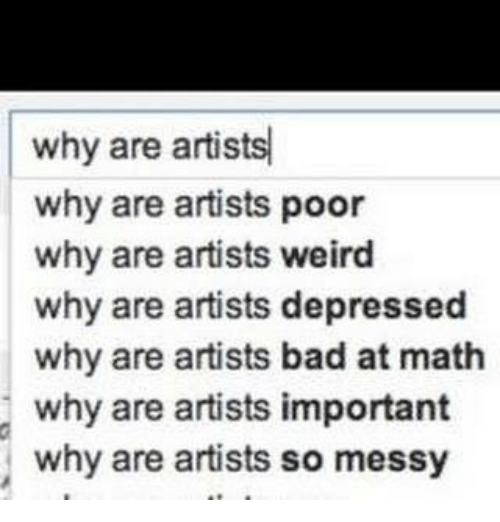

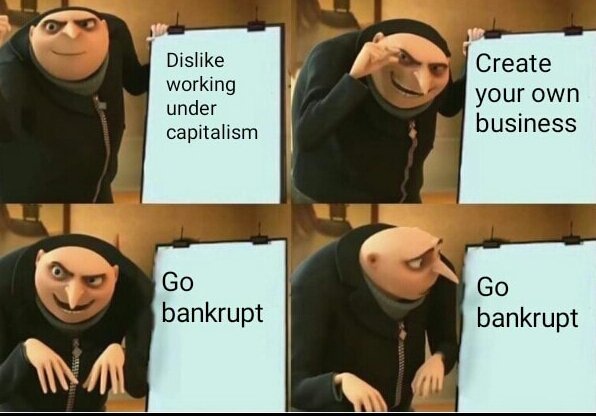
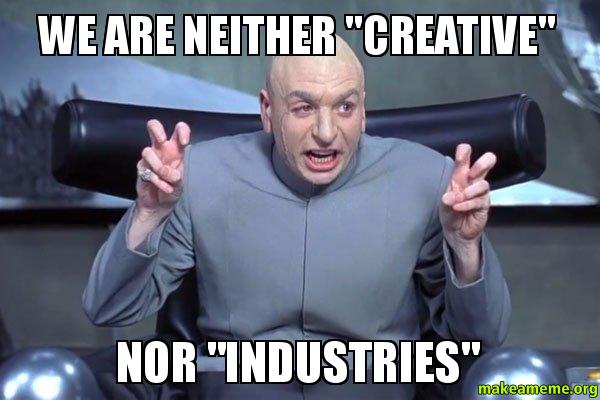
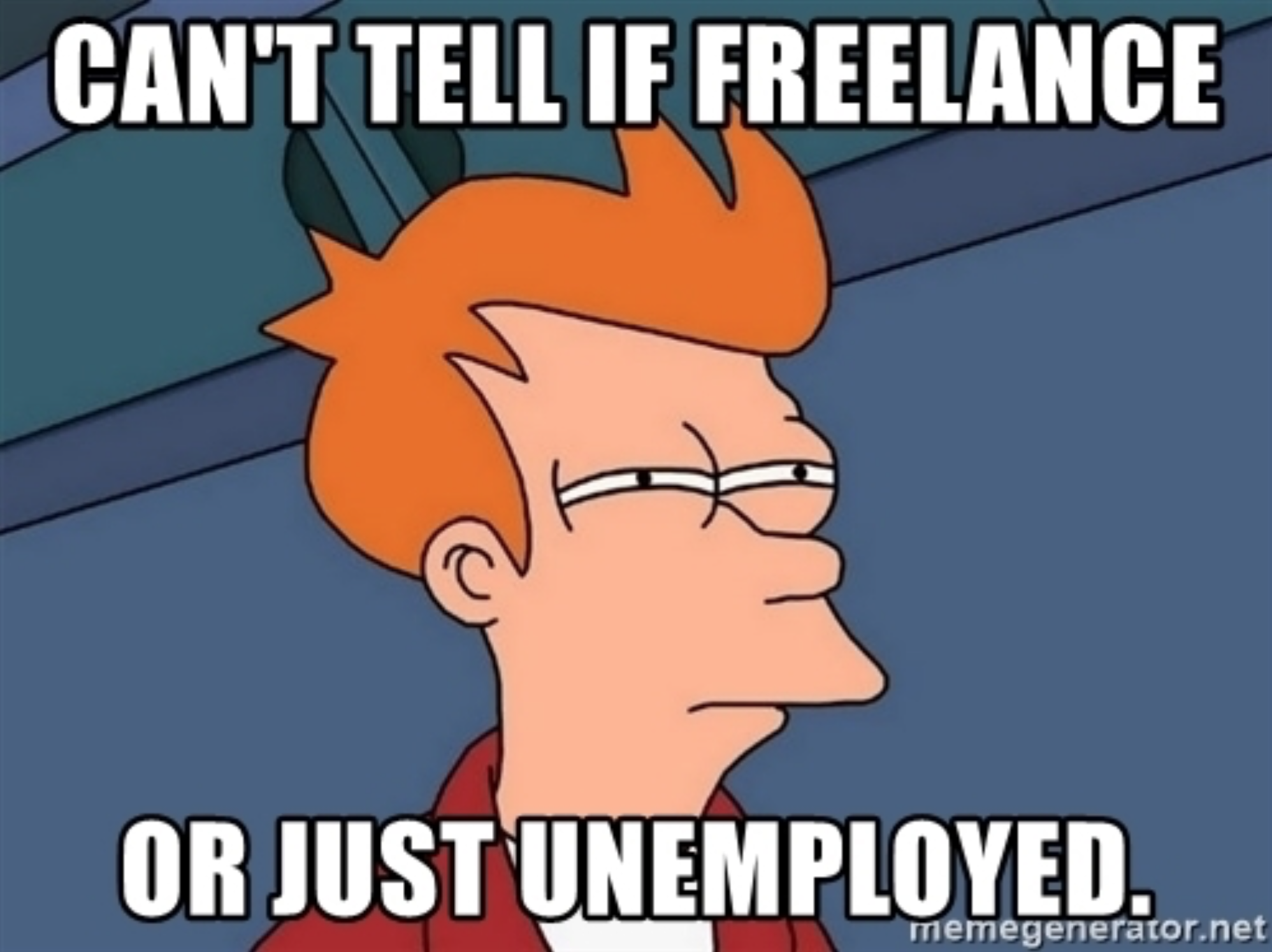
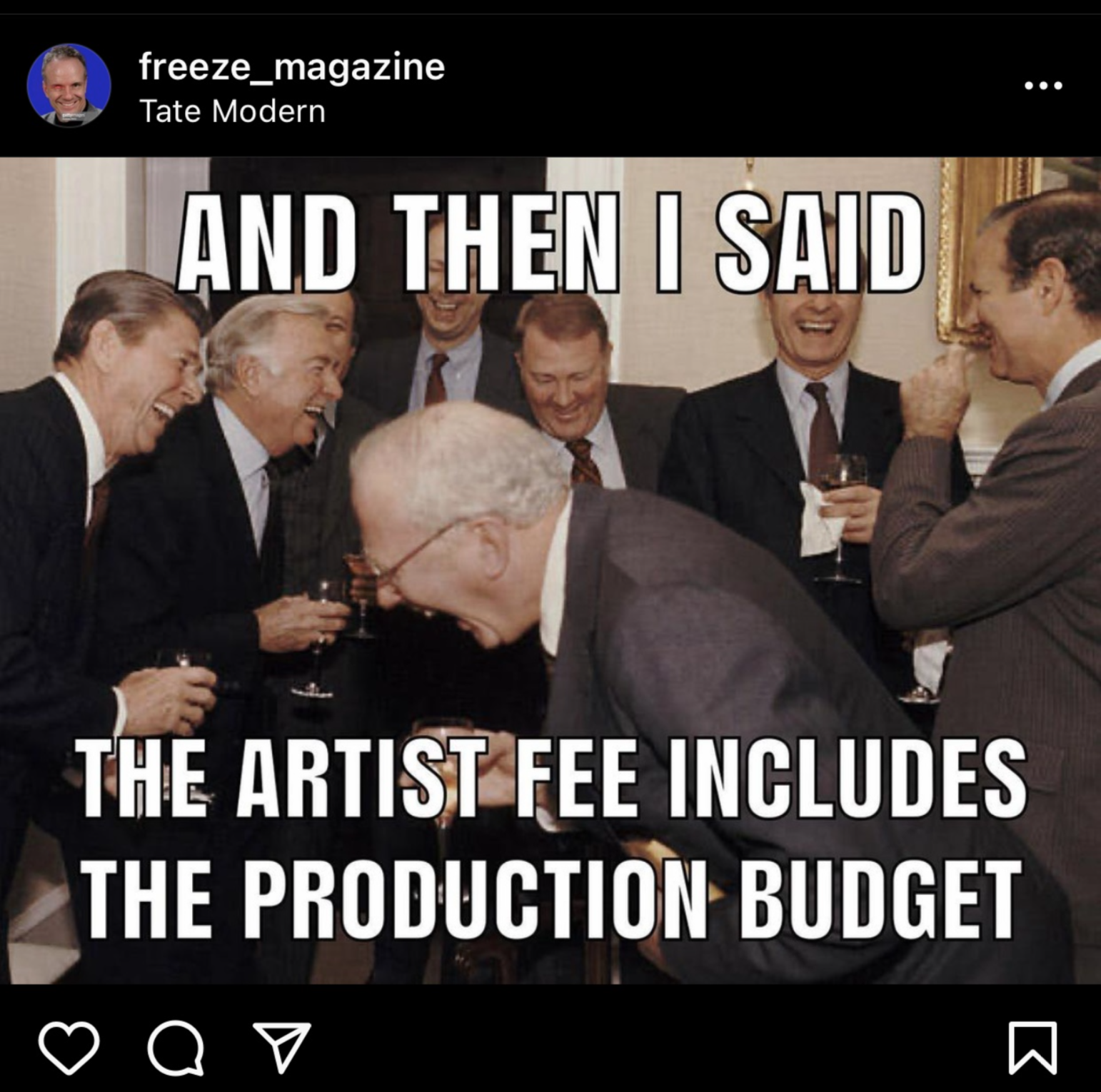
Among these different initiatives, there are traditional unions as well as more flexible and experimental collectives or coalitions. While the old-fashioned union has clear benefits, including stability, expertise, authority, and recognition from the governments, they are not the guardians of future redistribution, since their work relies on strict boundaries between professional groups. To provide support for artists, it needs to be clearly defined who is an artist—and who isn't. In short, unions take a top-down and corporatist stance, often rather patriarchal, that works well in demanding artist fees, but makes it hard to break down boundaries, overcome opposition and give space to radical imagination. Artist-led, self-organized coalitions, on the other hand, maybe short-lived, less stable, and hold less authority, but they often do manage to stay closer to the values and social functions of artistic practice, and more easily stand in solidarity across social groups and professions. The future of self-organized redistribution without doubt will be determined by these self-organizations.
Self-organization beyond professional boundaries is not without risk. Under the creative industries paradigm, governments are happy to see the difference between art, social work, and economic aggregation fade. It allows for art to be reduced to its instrumental values and for budget cuts disguised as cross-overs. Organizations that decide to self-organize redistribution must be aware of and prepared for this danger of instrumentalization. But to give radical imagination a chance, the risk must be taken; a leap of faith into the uncertain area of self-organization beyond set divisions. The promise of this leap is a prefigurative practice and inspiration for future policy development that could've never been generated by union organizing along the traditional boundaries.
Symmetry and Transparency
So, what kind of self-organized distribution works? According to De Ridder, it comes down to two factors: transparency and symmetrical power relations. 'In order to establish an infrastructure that serves collective interests, one has to facilitate each participant's individual involvement, their ability to monitor what's going on, and their right to object. It's important that you can see how much you contribute, what your contribution is used for, and whether it sorts some kind of effect. The Artist Pension Trust shows what happens when transparency and symmetry are lacking. The members were unable to monitor the situation, and as a result, were completely dependent upon the entrepreneur who started the venture. When the yield of collaboration became disappointing, and a situation of scarcity arose, the model came under pressure. In those types of situations, people fall back on their own interests, but then quickly realize they're trapped in asymmetries. This is something we see often in this type of systems: if things go south, the asymmetries become visible and tangible.'
The easiest way to achieve transparency and symmetry is to keep an organization small and community-based. During the first month of the Covid pandemic, seeing a steep fall in the income of independent art workers, a group of artists and collectors in Rotterdam founded De Kunstambassade. This 'art embassy' is a self-organized online gallery, in which 90% of the sales price goes directly to the artist and 10% is collected in a common pool. On a regular basis, the common pool is evenly divided between the participating artists, including the ones who didn't sell anything. The model is very similar to APT, but smaller, without delay in sales, and, most importantly, devoid of big data ambitions. The founders of De Kunstambassade kept their initiative open (i.e. relatively easy to join as an artist) but small enough to have a community-based organization. This kind of arrangement allows for people to informally check in with and update each other, and to discuss organizational matters on a basis of trust and solidarity. For them, it works.
There are, however, important limitations to informal symmetry and transparency. Next to the obvious impossibility to scale up beyond a group of 50 or 60 people that know each other personally, it is important to note that differences of opinion can escalate within even the smallest of organizations, and that 'informal' power relations can be the most untransparent ones. It is therefore usually beneficial to formalize decision-making processes. The right governance model can help to sustain the guarantee of transparency and symmetrical power dynamics in small as well as larger organizations, and even in networks of small organizations. Historically, the most effective among these models is the co-op, in which collective governance is guaranteed by collective ownership. Owning part of a co-operative invites a sense of durable identification with and responsibility for a common goal. Also, thanks to their legal status, co-ops usually have well-defined by-laws securing diligent decision-making processes and organizational transparency.
The Housing Co-op
Especially housing co-ops are historically and politically important. The recent publication Operatie Wooncoöperatie (2022) includes many succesful examples. In the notoriously expensive city of Zürich, Switzerland, co-ops like Kalkbreite make up 20% of the property market. Keeping living costs low, while giving inhabitants ownership they manage to keep living costs low, and give inhabitants ownership and self-governance high, they also manage to successfully expand. Many other well-functioning housing co-ops are located in Switzerland, Austria, and Germany, where banks are familiar with co-ops and willing to give out mortgages to collectives. Another recent collection of case studies, Housing the Co-op: A Mircro-Political Manifesto (2020), shows how housing co-ops have surfaced as feasible alternatives for private ownership after the 2008 banking crisis. It includes examples of traditional co-ops from Germany and Switzerland, but also new models of co-ownership, co-production, and co-management from Uruguay, Ethiopia, Brazil, and the USA.
Especially interesting is the case of Uruguay, where co-operative housing has quadrupled since 2005, providing homes for 3% of Montevideo's households and offering serious relief of the stringent housing shortage. This boom was facilitated by the left-wing government, which decided to support co-operative homeownership by giving out long-term, low-interest loans, providing technical assistance to auto-constructors, and making co-op federations possible. Members of these co-operatives either pool their savings to pay the required 15 percent equity of the loan and hire a private construction firm to execute their project, or carry out the construction themselves, generating 15 percent equity through manual labor. Thus, almost 16.000 co-operative housing units have been built in Uruguay between 2005 and 2020.
According to Joram Kraaijeveld, these co-ops bolster a potential that goes beyond patching the flaws of neoliberal rule, embodying a real alternative: 'Co-ops make it possible to disable market logic from the inside. In the housing market, a housing coop is a good example. Using cooperative ownership, a property is durably removed from the market, while its use-value stays intact. It would be interesting to figure out the equivalent of the housing coop on the art market.'
The Gallery Co-op
As a matter of fact, gallery co-ops do exist and have existed for a long time in various sorts. They are especially common in the US, where they traditionally form an alternative to the vanity gallery system. They also exist in several European countries, usually as small, community-based, local galleries with no aspirations to make it big on the global art market.
The fact that these co-op galleries are not meant to be competitive on the global art market, shows their two-sidedness. On the one hand, co-ops protect an asset from the market through collective ownership and governance. Think of the housing co-op: by living in and deciding over a property together, it is reduced to its use-value, and shielded from speculation over a longers stretch of time. In a similar vein, gallery co-ops decide, to varying degrees, not to be defined by the market logic. Their ownership model allows them to depart from pure business-focus, and focus more on, for instance, social values. On the other hand, they clearly remain dependent upon the (niche) market they serve. This leads to a number of unresolved questions.
Are co-op galleries a serious alternative to vanity galleries, or simply fill gaps and fringes of the art market? Why are co-op galleries not engaging in platform co-oparativism? If co-op galleries want to grow into a threat to the current gallery system and its gatekeepers, surely they should federate. The disruption currently witnessed in the crypto art market is made possible by distributed blockchain technology. We are still waiting for the platform co-operative response to this crypto art boom. Art DAOs, offshore artist communities, you name it. Could co-op galleries possibly lead the way, or are they too engrained into the traditional art market mechanisms?
What is the role of national politics in the future development of co-op galleries? Should we push for governmental support for the auto-construction of co-op galleries, like the Uruguayan government is supporting the auto-construction of housing?
Do we need co-op galleries at all? Or should we focus more on the emancipation of the artist as worker? No Man's Art Gallery in Amsterdam is planning to hire artists they represent and give them salaries that can grow but not shrink based on the sales of their work. This is not a radical rejection of market logic, but a new perspective on the responsibility of the gallery owner. Cooperative ownership might be helpful in rethinking the role of gallery-owner as employer, but it would be the means rather than the goal, and an optional means, as shown by this example.
The Bread Fund
Gallery co-ops and the Artist Pension Trust are sales-based models. But as the housing co-op shows, collective ownership and governance for the benefit of art workers don't have to be based on the sales. The core characteristic of a solidarity model is the spreading of risk and benefits over a community, whether that's in finance, real estate, or insurance. A popular form of risk distribution among Dutch artists is the so-called 'bread fund'. Bread funds are self-organized groups of freelancers who contribute money each month into a fund that can support any of its members who become unable to work through illness or injury.
The bread fund exists in multiple European countries, but it is especially popular in The Netherlands, where small gifts are exempt from taxes. This allows groups of individuals to form a gift circle to which each member contributes a small monthly contribution, saving up a common pool of money with very little cost. Whenever any of the members get ill, they receive a monthly allowance for up to two years based on the height of their contribution. Bread funds are capped at 50 members, so that the people involved can have a personal connection with each other. The common pool resource of bread funds is kept in a separate bank account and used exclusively for sick allowances, not for speculation. It serves the purpose once fulfilled by insurance. While transparency and symmetry are of key importance to bread funds, they are mainly based on trust and solidarity. People come together in bread funds out of personal necessity as well as solidarity, collectively fighting the individuation organized by the neoliberal state.
Much more than with gallery co-ops, there is a tendency among bread funds and other gift circles to scale up through federations. Since bread funds use the same blueprint, they can easily act as cells in a network federation and use a protocol to share risks among bread funds. Members within a bread fund share risk on a personal level, while the bread funds share risks through protocols on the organizational level. Thus, the personal connection becomes scaleable.
The bread fund is a proven functional model, providing basic security for nearly 30.000 freelancers just in The Netherlands. What is its future? Is a renaissance of widespread co-operative insurances possible, with the cultural sector as a forerunner? It's possible, but challenging. Bread funds, gift circles, and organizations like Werkvereniging, pushing for contracts from independent livelihood, fight an uphill battle. They have to compete with the large insurance firms, a huge business with huge interests. And even now that governments are starting to acknowledge the flaws of neoliberal individuation, their reaction is most often to return to fixed contracts and mandatory insurance for everyone. Unions are mentally stuck in the 1970s and back this return to the fixed contract and mandatory insurance, which will obviously not work for artists and cultural workers. It takes a large political shift to put co-operative insurance models on the table as a viable alternative.
Universal Basic Income
The pension trust, housing co-op, gallery co-op, and bread fund are just some of the many ways in which artists have tried to create economic stability for themselves. In the platform economy, many opportunities have opened up, including crowdfunding, and subscription-based services like Medium, Patreon, and Twitch, while more traditional common income experiments continue to exist.
All of these models have the potential to empower precarious workers, but they could also reinforce the capitalist status quo. Blink twice and the platform extractivists have joined the party. It depends on the political claims made in parallel to self-organization how resilient the initiative in question is to these leeches.
The real visionary power of the Art Workers Coalition was not their witty proposal to sell works of dead artists. It was their ability to frame these claims within a broader social program. Their 1970 list of demands states: 'Until such time as a minimum income is guaranteed for all people, the economic position of artists should be improved.' Fifty years later, the economic position of many art workers is still detrimental and must urgently be improved with available means. At the same time, any radical imagination of cooperativism and self-organized redistribution logically leads to the necessity of a Universal Basic Income.
The call for UBI is often heard from art initiatives, like the Art for UBI Manifesto of the Institute of Radical Imagination. Some redistribution experiments explicitly embrace the idea of UBI, such as Collectief Kapitaal, a self-organized basic income distributor that connects people within and beyond the arts, and Circles, a Berlin-based organization providing basic income through the blockchain. Even governments sometimes embrace this vision. To stimulate the recovery from the Covid-crisis in the arts, the Irish government has recently rolled out a basic income scheme for artists.
If the arts are still an avant-garde in the 21st century, it's an avant-garde of precarization and flex work. Out of all sectors, the arts in many countries shelter some of the highest percentages of freelance workers. It is therefore no wonder that Ireland started its basic income pilot for artists. But if they want to make a real change, this should not remain a gesture of fine art exceptionalism. Hopefully, Ireland will soon implement basic income for health care and domestic workers, food and mail delivery workers, service industry workers, and all other precarious and underpaid groups as well. Hopefully, they will inspire governments around Europe, and the world, to do the same. Let the arts be the testing grounds for the international struggle against precarity.
Within these parameters, there is still an important role for self-organized redistribution. Artists are forced to fight for their economic position, and they are proving time after time to be incredibly resourceful. But while self-organized redistribution is emancipating, we cannot rely on it to relieve precarity - in the arts and beyond. Self-organized redistribution in the arts should be stimulated and supported by governments, independent of market demands, as an integral part of a broad social agenda against precarization.
Sepp Eckenhaussen is a researcher at the Institute of Network Cultures and co-director of Platform Beeldende Kunst.
Ideas, images, text, and corrections were contributed to this text by Morgane Billuart, Joram Kraaijeveld, Geert Lovink, Jip de Ridder, Laurence Scherz, and Jordi Viader.

